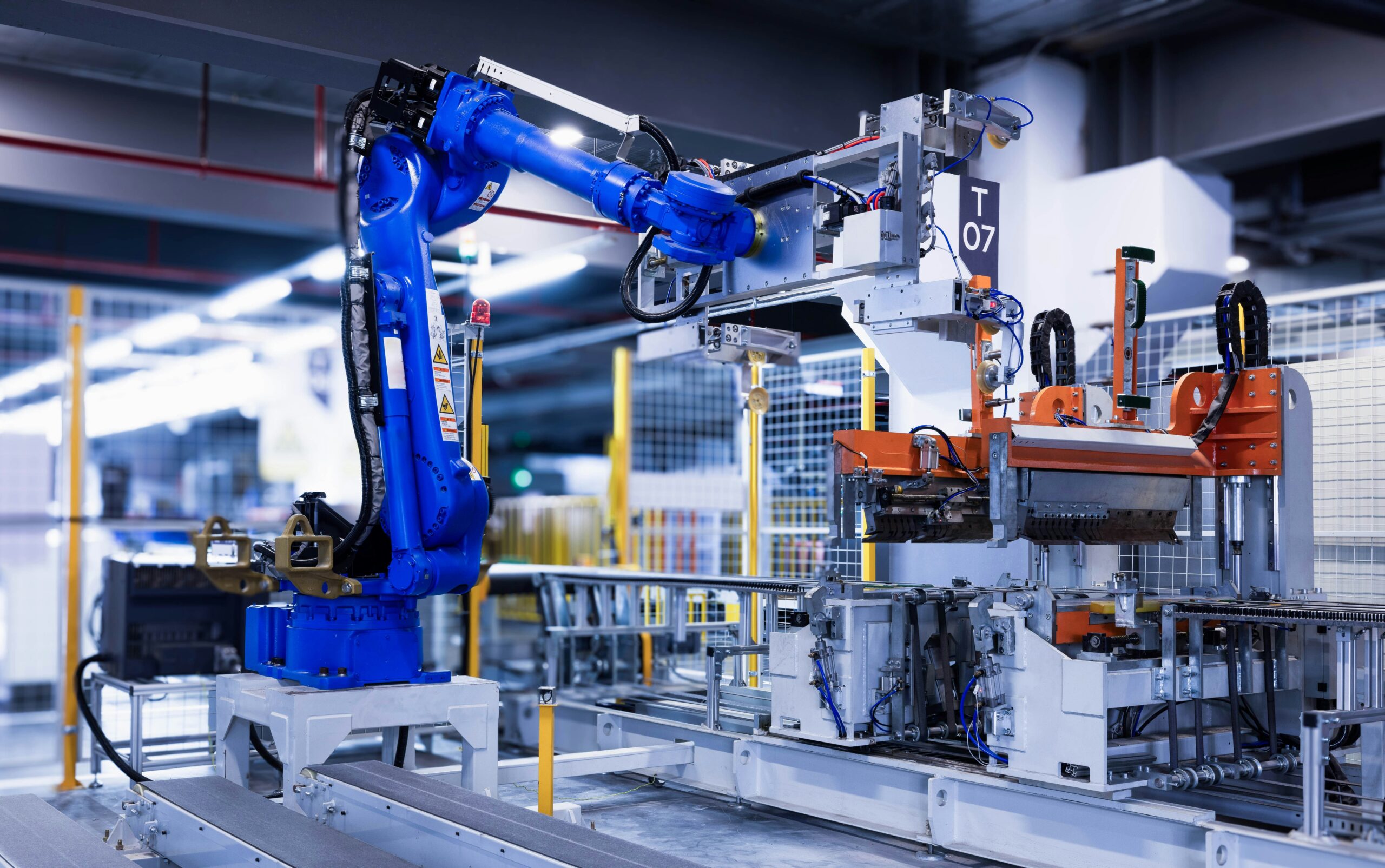In the rapidly evolving landscape of manufacturing, robotics and automation are no longer just futuristic concepts—they’re becoming integral to achieving higher efficiency, reducing waste, and maintaining a competitive edge. By integrating robotic systems such as robotic arms into manufacturing processes, companies can significantly increase uptime and decrease scrap rates.
The Rise of Robotics in Manufacturing
The adoption of robotics in manufacturing has grown exponentially over the past decade. This growth is driven by advancements in technology, cost reductions, and the increasing demand for precision and efficiency. Robotic arms offer numerous benefits, from enhanced productivity to improved safety, and are particularly beneficial for handling delicate or small components prone to damage.
Robotic Arms and Fixtures: Precision in Assembly and Handling
Robotic arms and fixtures are essential for tasks requiring high precision and consistency, such as sorting, part manipulation, and assembly. They are especially valuable for handling small or delicate components, such as electronic parts and semiconductor wafers.
Robotic Arms: These versatile robots can be programmed for a variety of tasks, from simple pick-and-place operations to complex assembly processes. They can work at high speeds and with extreme precision, making them ideal for tasks that are too intricate or repetitive for human workers.
Robotic Fixtures: Fixtures provide stable platforms for parts during manufacturing processes, ensuring precise positioning and alignment. When combined with robotic arms, they enhance the accuracy and efficiency of operations, reducing the likelihood of damage and scrap.
Benefits of Robotic Arms and Fixtures
1. Increased Precision: Robotic systems can handle delicate components with a level of precision and consistency that is difficult to achieve manually.
2. Reduced Scrap Rates: By minimizing handling errors and damage, these systems help reduce scrap rates, leading to significant cost savings.
3. Enhanced Flexibility: Robots can be reprogrammed for different tasks, providing manufacturers with the flexibility to adapt to changing production needs.
Real-World Applications of Robotic Arms
Electronics Manufacturing: In electronics manufacturing, robotic arms are used to assemble circuit boards and other delicate components, ensuring precision and reducing the risk of damage. For instance, robotic arms can place tiny components onto circuit boards with extreme accuracy, a task that would be challenging for human workers due to the small size and fragility of the parts.
Automotive Industry: Robotic arms handle tasks such as welding and painting in the automotive industry, improving efficiency and consistency. These robots can perform precise welding operations at a speed and accuracy that is difficult to match with manual labor, ensuring strong, consistent welds that enhance vehicle safety and durability.
Semiconductor Production: Robotic systems are crucial in semiconductor manufacturing, where they handle wafers with extreme care, reducing contamination and defects. The precision of robotic arms ensures that these delicate and expensive components are processed without damage, which is critical in an industry where even minor defects can lead to significant losses.
Case Study: FANUC Robotic Arms
FANUC, a leading manufacturer of industrial robots, has deployed robotic arms across various industries with remarkable success.
How It Works:
– Versatility: FANUC robotic arms can be configured for a wide range of applications, from heavy-duty welding to delicate assembly.
– Precision: Equipped with advanced sensors and AI, these robots achieve high precision and repeatability, essential for tasks requiring meticulous accuracy.
– Integration: FANUC robots integrate seamlessly with existing manufacturing systems, providing real-time data and analytics to optimize performance.
Benefits to Companies:
– Improved Productivity: FANUC robots can operate continuously without breaks, significantly boosting production rates.
– Consistency and Quality: The precision of robotic arms ensures consistent product quality, reducing variability and defects.
– Cost Savings: Automation with FANUC robots reduces labor costs and minimizes waste, leading to substantial cost savings over time.
Embrace the Future of Manufacturing
As the manufacturing landscape continues to evolve, integrating robotics and automation into your processes is no longer optional—it’s essential. By embracing these technologies, you can achieve higher efficiency, lower scrap rates, and maintain a competitive edge in the market.
Ready to revolutionize your manufacturing process? Contact us today to learn how our advanced robotics and automation solutions can transform your operations and drive your business forward.
By leveraging the power of robotic arms, manufacturers can achieve new heights of performance and quality, setting themselves apart in a competitive marketplace.




